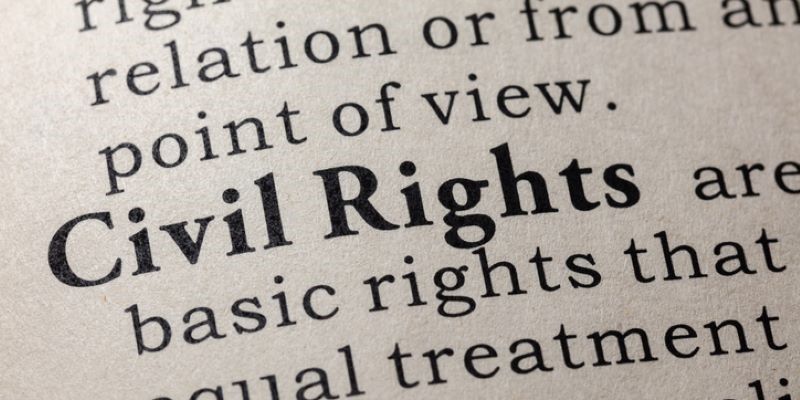| By J. Robert Parks |
Martin Luther King Jr. famously said that “the arc of the moral universe is long, but it bends toward justice.” In our world today, which expects instant results for anything we do, that message can seem out of touch, but the civil rights movement was an example of that slow progress. In Mississippi in 1963, however, the civil rights movement had made almost no progress. Fewer than 4,000 Black voters had been added to the voting rolls despite two years of registration efforts.
That led civil rights workers in the state to launch the Mississippi Freedom Summer project in 1964. This week marks the 60th anniversary of the beginning of Freedom Summer as well as the anniversary of the murder of one volunteer and two civil rights workers on June 21, 1964. Librarians and educators hoping to teach students about the civil rights movement and the sacrifices activists made will find plenty of resources in Gale In Context: U.S. History.
Black Mississippians had always faced fierce opposition in their fight for civil rights, but that intensified after the 1954 Supreme Court decision Brown v. Board of Education. White supremacists in Mississippi soon established Citizens’ Councils to obstruct against any kind of integration and to oppose any expansion of voting rights for Black people.
Bob Moses, who was part of the Student Nonviolent Coordinating Committee (SNCC), started working to register Black rural Mississippians in 1961. His lack of success over the following two years, however, led him to organize the Council of Federated Organizations (COFO), which brought together the Mississippi state chapters of four civil rights organizations. In 1963, COFO organized Freedom Vote, which was designed to teach Black people how to vote and register to vote. Another goal was to show the country that Black Mississippians wanted to vote. (White supremacists often said the lack of registered Black voters was because Black people didn’t care about voting.) Freedom Vote set the stage for the following year’s Freedom Summer.
Freedom Summer encouraged white college students to come to Mississippi, live in Black neighborhoods, and help Black people register to vote. Training took place in Ohio, and then approximately 700 young adults arrived in Mississippi on June 20, 1964. Moses encouraged the volunteers to recognize that their work was in no way a rescue mission by insisting that the rights they were fighting for were linked to their own freedoms. James Forman, another SNCC organizer, provided a more sobering message regarding their work: “I may be killed and you may be killed.”
Indeed, one day after the students arrived, volunteer Andrew Goodman, along with two civil rights workers, James Chaney and Michael Schwerner, set out to inspect a burning church. On their way back to where they were staying that night, they were arrested for speeding in Philadelphia, Mississippi. They were released from jail late that night but then disappeared.
Despite their disappearance, Freedom Summer continued. The volunteers established almost 50 Freedom Schools and worked to help register Black voters. Despite their efforts, however, only 1,200 of the 17,000 who tried to register were successful, as literacy tests and other obstacles blocked them from the voter rolls.
Another aspect of Freedom Summer was the establishment of the Mississippi Freedom Democratic Party (MFDP). This was an alternative to the state Democratic Party, which was dominated by white supremacists. The MFDP tried to be seated that summer at the Democratic National Convention, a move that proved divisive even within the civil rights movement. The MFDP was largely thwarted in its efforts in 1964, despite the hard work of such long-time fighters for social justice as Fannie Lou Hamer. Her quote “I’m sick and tired of being sick and tired” reflected the sentiment of many long-time advocates for change.
As for the three workers who disappeared, their bodies were discovered in early August, all dead from bullets to the head. The investigation led to murder charges against 21 men, though those charges were dropped. Later, seven men were convicted of violating the civil rights of the three victims. Finally, in 2005, an investigation by an Illinois high school teacher and some of his students led to charges being filed against Edgar Ray Killen, a former Ku Klux Klan member. He was convicted of three counts of manslaughter and sentenced to 60 years in prison.
About the Author
J. Robert Parks is a former professor and frequent contributor to Gale In Context: U.S. History and Gale In Context: World History who enjoys thinking about how our understanding of history affects and reflects contemporary culture.


